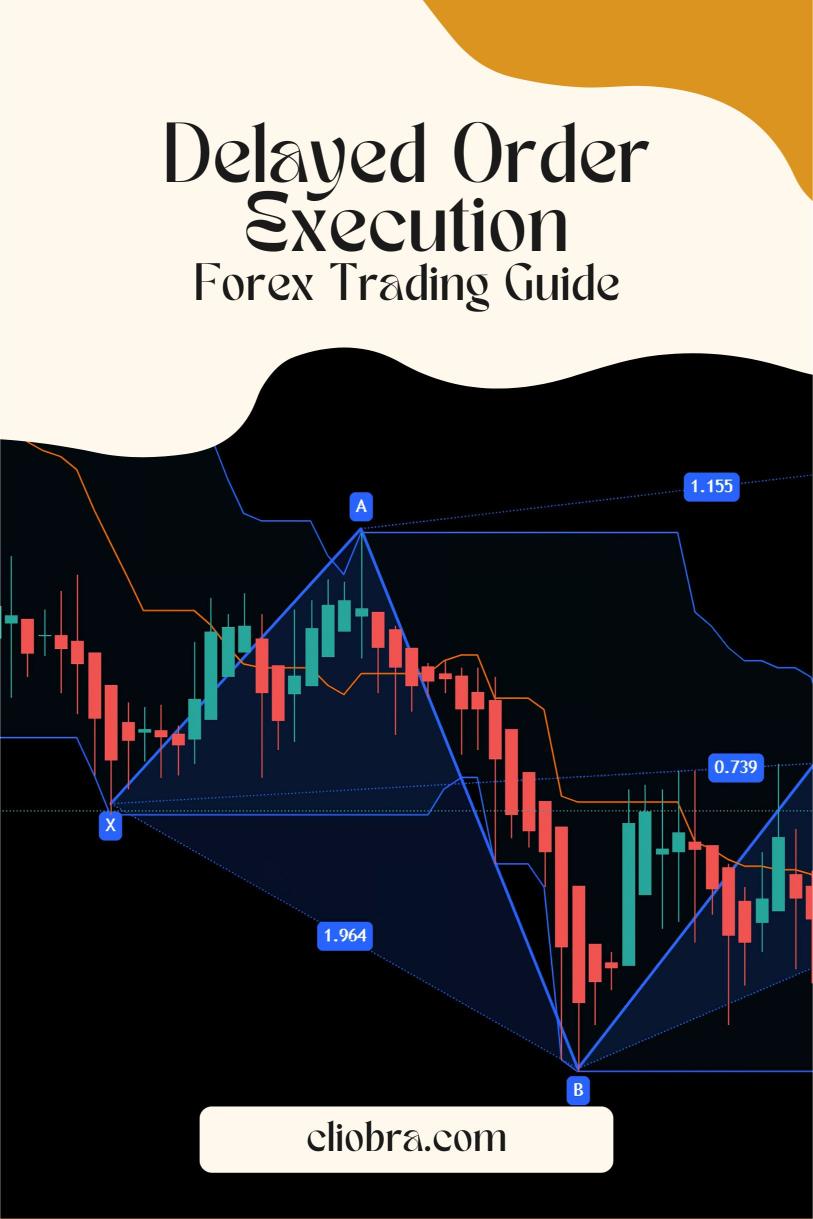Last Updated on February 15, 2025 by Arif Chowdhury
Ever felt that rush when you hit “buy” or “sell” only to watch the order take its sweet time?
You’re not alone.
As a seasoned Forex trader since 2015, I’ve been there, and I can tell you, that delay might be more meaningful than you think.
So, why does it happen?
Let’s dive into the world of delayed order execution and how it can reveal the footprints of institutional trading.
The Basics of Delayed Order Execution
When you place an order, it should ideally execute instantly. But if there’s a delay, it’s often a sign of market dynamics at play.
Here’s why that matters:
- Market Depth: Institutional traders are dealing in larger volumes. Their trades can create a ripple effect, causing momentary delays.
- Liquidity: If the market is thin, your order might wait a bit longer for a counterparty. This is especially true during major news releases or economic events.
- Slippage: This occurs when your order fills at a different price than expected, often due to heavy trading activity.
Institutional Trading Dynamics
Now, what does delayed execution have to do with institutional trading?
Plenty.
- Large Orders: Institutions often execute large orders that can’t be filled at once without impacting the market price. This can cause delays as they break up their trades into smaller chunks.
- Strategic Timing: Traders at these institutions know when to enter and exit the market to minimize their impact. They might wait for optimal conditions, leading to delayed execution.
- Market Movements: Institutions often cause significant market shifts. If an institution is entering a position, you might notice delays as the market adjusts.
Recognizing Patterns
So how can you leverage this information?
Keep an eye on these signs:
- Consistent Delays: If you notice a pattern where your orders are consistently delayed during specific times, it may indicate institutional activity.
- Volume Spikes: Increased trading volume can correlate with delayed executions. This could mean institutions are entering or exiting large positions.
- Price Reactions: Watch how prices react after your delayed order executes. A sudden move might suggest institutional involvement.
Why It Matters for You
Understanding these dynamics puts you in a better position to make informed trading decisions.
Here’s what you can do:
- Analyze Market Sentiment: If you notice delayed executions, it may signal that the market is anticipating a big move. Use that information to adjust your strategy.
- Stay Informed: Keep track of economic news and releases. Timing your trades around these events can help you avoid delays.
- Utilize Technology: Consider using trading bots to help navigate these complexities. My portfolio of 16 trading bots is designed for long-term profitability and can adapt to market conditions effectively.
🚀Get this Forex EA Portfolio for FREE from here.
Statistical Insights
Did you know that:
- According to recent data, institutional traders account for nearly 70% of daily Forex volume?
- A study revealed that delays in execution can lead to an average slippage of 0.5% on larger orders?
These facts highlight the importance of understanding market dynamics and the potential impact on your trading outcomes.
Final Thoughts
In the world of Forex, knowledge is power.
Delayed order execution isn’t just a technical hiccup; it’s a clue to what’s happening behind the scenes.
By recognizing these patterns, you can adjust your strategies and potentially enhance your trading performance.
If you’re looking for reliable brokers to execute your trades, check out my top recommendations at Most Trusted Forex Brokers.
And if you’re ready to take your trading to the next level, explore my trading bot portfolio. It’s completely FREE and strategically diversified across major currency pairs.
Embrace the journey, stay informed, and watch your trading skills evolve.
